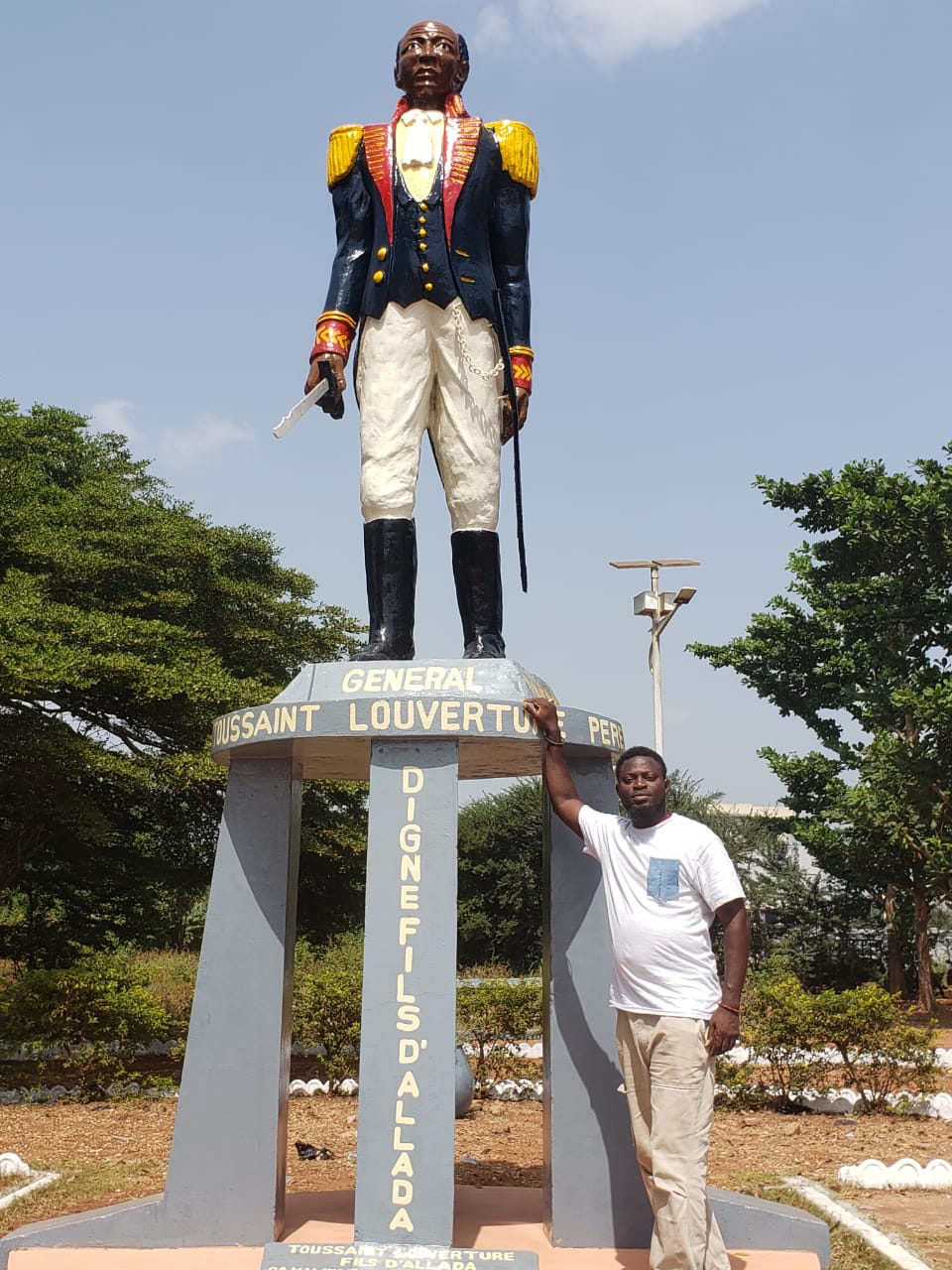Lisa Aubrey had dedicated her life for the promotion of the Slave history of Cameroon and it is great to be a part of this great rediscovery and reconnection.
Aunty Ada Anagho Brown a American of Cameroon origin and her group at Roots To Glory Tours have consistently brought DNA tested Diasporans of African origin to the motherland.
CAEPA Cameroon is a national non-governmental organization which was started by a group of female volunteers in 2009 who after serving in the Cameroon’s civil service decided to offer their knowledge for the
development of the local communities in the North West Region and Cameroon in General.
CAEPA is also promoting the Slave history of Cameroon.
Cameroon slave trade served as a very important supply zone for the export of African slaves to the New World after the Portuguese exploration on the Cameroon coast.
Cameroonian slaves were mostly sold to the Fernando Po collection center. The island of Fernando Po was one of the main collection points for slaves taken along the Bight of Benin.
The Douala of Cameroon was the predominant slave-trading middlemen in these transactions. The majority of slaves traded from the Cameroon coast came from inland invasions as well as from the neighboring Bataga, Bassa, and Bulu.
Four groups i.e. Tikari, Douala-Bimbia, Banyangi and Bakossi, Bamileke accounted for 62 percent of the people carried out of the River and from Bimbia in those years.Pickup after breakfast, for trip to Limbe and then continue to Bimbia which is situated 8.5km from Limbe.
Visit the site of an old slave trading port where you can learn about the colonial times, where slaves were assembled for exportation to Europe and America during the slave trading period.
There are some historical attractions still present in Bimbia today. They include; Old German Wharf where ships anchored for the embarkation of slaves, chains used on slaves and abandoned Ships, the Alfred Saker Camp (where Alfred Saker first landed in Cameroon, A monument has been constructed to commemorate his arrival); the British Canon (an instrument used to abolish slave trade); foundation of the first printing press built by Joseph Merrick (English missionary); Nichol Island (site that harbored slaves prior to their journey to the new world) etc. return to the hotel, dinner, leisure and night in hotel.
For enquiries contact
Anago Osho Adventures
on +2348037043233
anago.tourism@gmail.com
